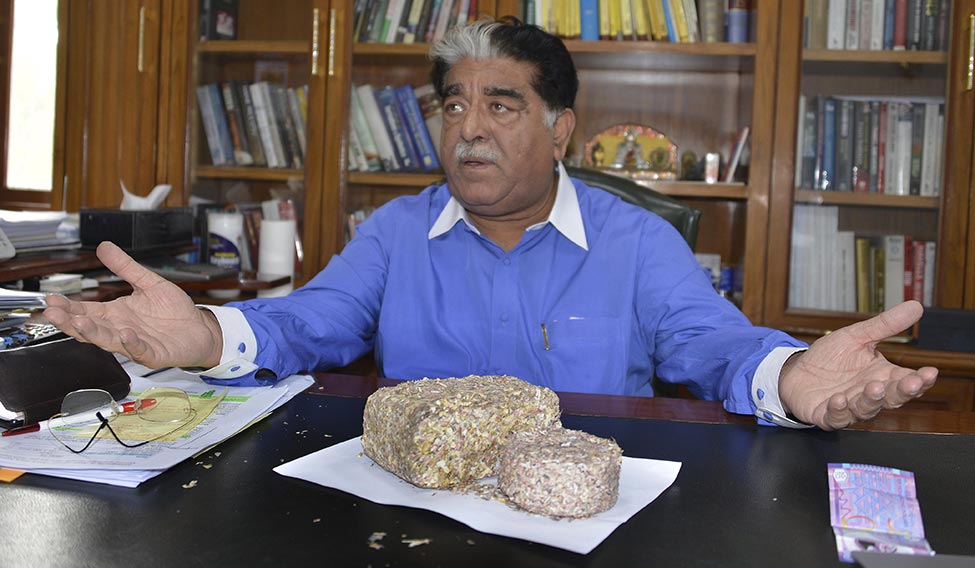In 2014, as part of a field trial, a billion Rs 10 banknotes were to be printed on plastic substrates and circulated in five cities—Kochi, Mysuru, Shimla, Jaipur and Bhubaneswar. The trial would determine how these notes fared in different climates, and polymer notes were supposed to thwart counterfeiters. But, the Reserve Bank of India's plan did not take off. And, everyone forgot about polymer notes. Nobody is talking about it even today, after the Union government's demonetisation gambit.
Those tasked with tracking and fighting fake Indian currency notes (FICN) are not at all impressed with the new bank notes. Security advisers to Prime Minister Narendra Modi even requested him to pump the old Rs 500 notes back into the market and restrict the demonetisation to Rs 1,000 notes. They felt it was unnecessary to put the public through so much trouble for a strategy that may not yield the desired results.
At the annual conference for directors general of police—held at the National Police Academy, Hyderabad, on November 26—many DGPs voiced this view privately. At earlier conferences in Guwahati (2014) and Kutch (2015), Modi spent more than two days brainstorming with the top cops. But, this time, a preoccupied Modi spent just a day. FICNs were not discussed at all.
So, how big is the FICN threat? T. Narasimhan, undersecretary, Ministry of Finance, told the Supreme Court in an affidavit that the graph of FICN recovery and seizures had been climbing “since 2008... due to a spurt in FICN manufacturing activity in our neighbouring country”. The 46-page affidavit was filed on behalf of the Union government on November 24, in response to lawyer Vivek Narayan Sharma's petition questioning demonetisation.
Quoting RBI data, the affidavit said that the circulation of Rs 1,000 (108.98 per cent) and Rs 500 (76.38 per cent) notes had grown steeply between 2011 and 2016, compared with Rs 100 (12.51 per cent) notes. This “disproportionate growth” was because of the “infusion of FICNs and generation of black money”, the affidavit said. Further, the affidavit quoted a 2016 study commissioned by the home ministry which put the value of FICN in circulation at Rs 400 crore. The study estimates that attempts are being made to infuse FICN worth about Rs 70 crore annually, while one-third of the FICN being infused is seized.
Currently, India is the second larger producer and consumer of currency notes. The cash to GDP ratio in India is more than 11 per cent; it is around 4.5 per cent in developed countries. So, experts like Vipin Malik, former director of Bharatiya Reserve Bank Note Mudran Ltd and former director of the Central Board of RBI, feel that polymer currency would have helped curb FICNs. “Introducing new age currency would have been productive, but such a move was stifled earlier and it seems the same pressures are at work even today,” he said, hinting at the monopoly in currency manufacturing in India.
Pakistan has reportedly sophisticated currency producing machines, and has slashed the selling rates of FICN. Earlier, it used to be 30 per cent, that is Rs 300 for Rs 1,000 in FICN. Now, it is zero to 5 per cent.
And, it is not just the law enforcement agencies, but the banking sector, too, is unprepared. Detection of FICNs is carried out primarily by commercial banks. The home ministry report says that only three banks—Axis, HDFC and ICICI—report FICNs regularly. Interestingly, non-banking financial institutions handle large volumes of cash, but do not detect and report FICNs.







